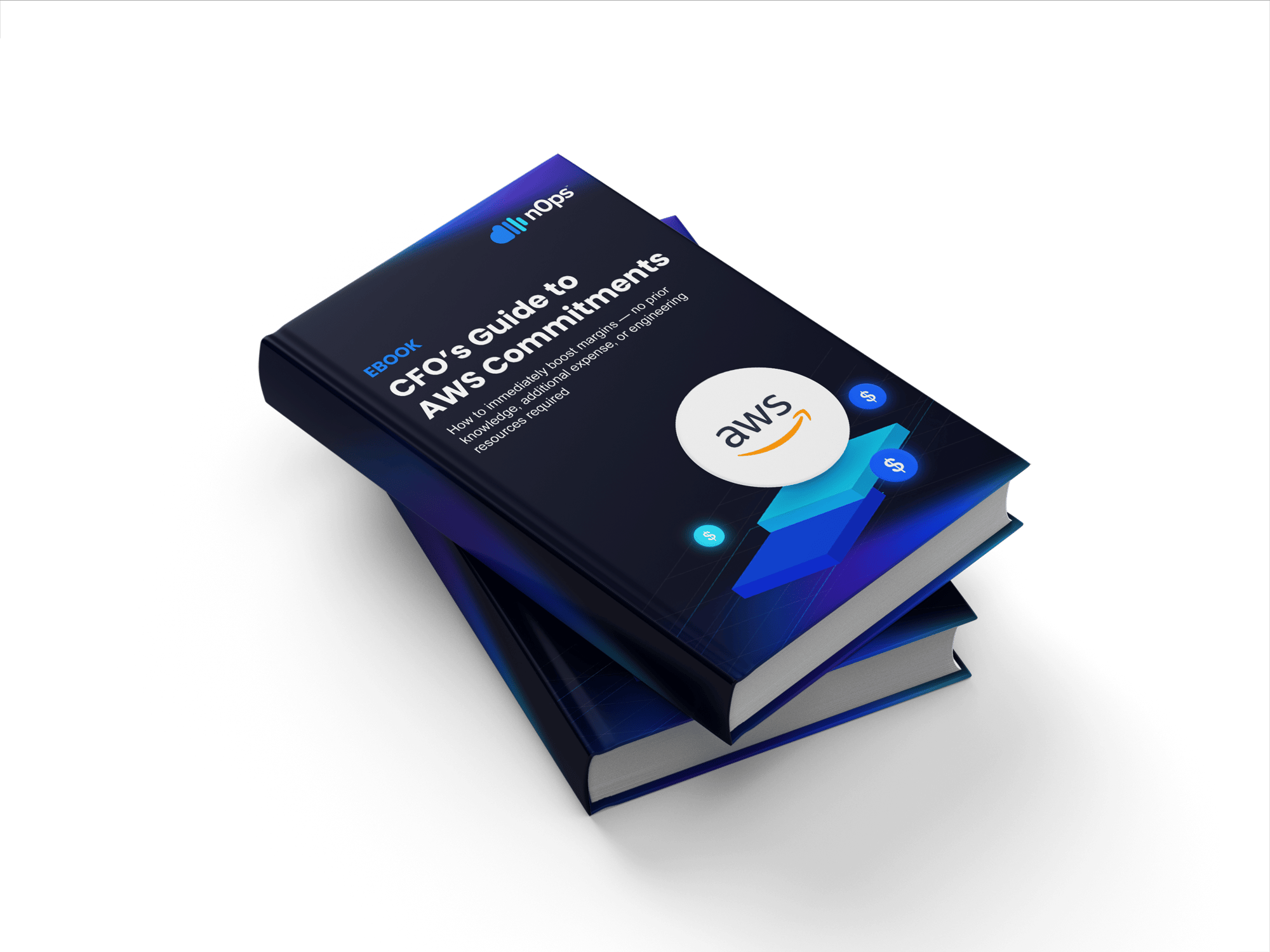- Blog
- Announcement
- New: EKS Operations & Cost Data in Clara
New: EKS Operations & Cost Data in Clara
Last Updated: August 21, 2025, FinOps Agent
Understanding Kubernetes spend and performance shouldn’t require six dashboards and a weekend of spreadsheet archaeology.
Starting today, Clara, our AI FinOps assistant, can answer detailed questions about your Amazon EKS environment — from high-level trends to container-level costs and utilization — and turn them into actionable plans to cut waste and improve efficiency.
What’s New
Clara now has direct access to your nOps EKS data model, so you can ask natural-language questions and get precise, explainable answers:
- Granular EKS cost visibility — down to the container. Drill into costs by cluster, namespace, workload, and container to see exactly where spend is coming from. This builds on our existing EKS visibility features.
- Operational efficiency at multiple levels.
- Node level: CPU & memory utilization plus an overall efficiency score to quickly spot idle capacity and poor bin-packing.
- Container level: Actual CPU & memory usage vs. requests to uncover over-provisioned workloads and rightsizing opportunities.
- Price level: Coverage and mix across Spot, Savings Plans, and Reserved Instances to reduce on-demand exposure.
- Conversational analysis. Ask “why,” “what changed,” and “what should I do next,” and Clara will synthesize cost + utilization + pricing signals into clear guidance. Clara’s long-context analysis powers deeper, multi-step FinOps conversations.
What You Can Ask ClaraCopy-paste these into the AI feed to try it now:
|
How It Works
Clara sits on top of the same EKS intelligence you see in nOps — now available conversationally:
- Data sources. Use agentless cost allocation for fast, frictionless EKS cost visibility mapped to business context (without in-cluster components), and optionally add the lightweight nOps EKS agent for high-resolution container-level usage to power precise rightsizing and node efficiency.
- Multi-level scoring. Clara uses the EKS Insights signals — container, node, and price efficiency — to prioritize savings with clear “why” behind each recommendation.
- Explainability. Every answer can reference the underlying metrics (utilization, requests, coverage) so FinOps, DevOps, and app owners can align on next steps.
Who It’s For:
- Newcomers to ops or engineers wearing the pager: Ask plain-English questions and get context + action (“rightsizing plan for checkout service,” “which clusters are under-covered by commitments,” “what changed week over week”).
- Experienced practitioners: Go deep with trend analysis and coverage modeling without hopping across tools. Clara accelerates what you already do — with less grunt work.
What You Can Expect
Results | ||
Faster root-cause on spend changes (what moved, where, and why) | Lower EKS compute costs by improving price coverage and eliminating container waste | Higher node utilization via targeted scaling adjustments |
How To Get Started
- Open Clara in nOps and start a new conversation.
- Ensure your EKS data is connected:
- Agentless EKS cost allocation (quickest path to cost visibility), and/or
- nOps EKS agent for container-level usage and real-time rightsizing.
- Ask one of the prompts above — or just say, “Help me reduce EKS costs,” and Clara will guide you.
If you’re already on nOps…
You’re set — just head to Clara and ask about your EKS clusters. Need help? Ping your CSM or visit the Help Center.
If you’re new to nOps…
nOps was ranked #1 with five stars in G2’s cloud cost management category, and we optimize $2B+ in cloud spend for customers. Book a demo to see Clara for EKS in action.
Bottom line: Whether you’re just getting started with Kubernetes operations or you’ve been tuning clusters for years, Clara makes the financial and operational side of EKS radically easier — helping you find and eliminate inefficiencies and reduce your EKS spend with confidence.





